| The Players ............................................................................................ |
7 |
Pierre Janet
Case History of an Idée Fixe, Part I, 1894 ...................................... |
16 |
| Magdelaine G. ...................................................................................... |
32 |
Frederic W.H. Myers
Human Personality and Its Survival of Bodily Death,
Part I: Phantasms of the Living, 1903 .............................................. |
36 |
| Jane Avril ................................................................................................ |
42 |
Pierre Janet
The Psychological Characteristics of Ecstasy, 1922 ...................... |
44 |
Raymond Roussel
Locus Solus, 1914. ................................................................................ |
52 |
| Neurastheniqu', 1901 .......................................................................... |
58 |
| Dranem ..................................................................................................... |
62 |
Gheorghe Marinesco
A case of hysterical hemiplegia cured by hypnotic suggestion and studied with the aid of the cinematograph, 1900 ................. |
64 |
Arthur Van Gehuchten
Silent film of hysterical girl, 1907-1914 ........................................... |
74 |
Louis Aragon and André Breton
The Fiftieth Anniversary of Hysteria (1878-1928), 1928 .............. |
76 |
André Breton
The Second Surrealist Manifesto, 1930 ............................................ |
84 |
Henry Dircks
"The Ghost!": as produced in the spectre drama, popularly illustrating the marvelous optical illusions obtained by the apparatus called the Dircksian phantasmagoria: being a full account of its history, construction, and various adaptations., 1863 ........................................................................................................ |
92 |
| Lina M. .................................................................................................. |
102 |
| Acknowledgments .............................................................................. |
108 |
|
Pierre Janet (1859-1947): a psychotherapist and one of the discoverers of the unconscious. Janet described how his hysterical patients would go into a state of delirium in which they reenacted their most traumatic moments over and over again. Aware that in this state they could neither see nor hear him, Janet stressed the importance of entering into their fantasy as a second actor. By pretending to see what they saw he was able to capture their attention and then subtly alter their delusions and render them no longer frightening. It was as though he rearranged their inner narratives, rewriting them with happy endings.
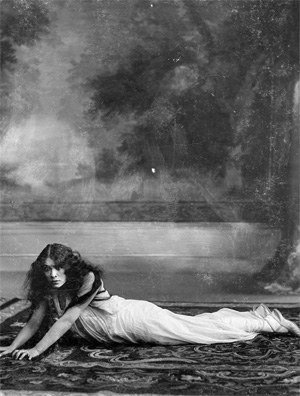 Magdelaine G (born 1880 ?): a celebrated "dream dancer" in Germany during the early years of the twentieth century. Under hypnosis this ordinary woman was transformed into an extraordinary artist who demonstrated the "entire range of human expression."
Frederic W. H. Myers (1847-1901): a founding member of the Society for Psychical Research in England (SPR), the first organization to study paranormal phenomena from a scientific perspective. Myers was passionately interested in the most advanced psychology of his time, particularly the work of doctors who were attempting to access the unconscious, or what he referred to as the "subliminal consciousness," which he believed might ultimately open up the mind to paranormal abilities that transcend our corporeal limitations.
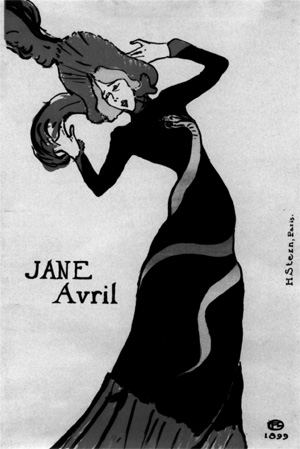 Jane Avril (1868-1943): a dancer in the Paris cabarets of the 1890s whose life was celebrated in the work of Toulouse-Lautrec. At sixteen she was diagnosed with chorea, whose symptoms manifested themselves as involuntary muscle movements, a common symptom of hysteria. She was committed to the hospital of the Salpêtrière under the care of the great neurologist Jean-Martin Charcot. In her memoirs Avril explained that she was cured by dancing. In the asylum she practiced the courtille in a dress lent to her by Charcot's daughter.
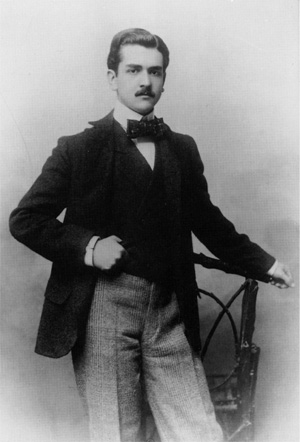 Raymond Roussel (1877-1933): a writer who at the age of nineteen succumbed to an attack of ecstasy for six months while writing the poem "La Doublure." Pierre Janet treated him shortly thereafter.
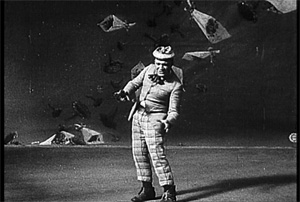 Dranem (1869-1935): a wildly popular entertainer in variety shows and café-concerts who went on to appear in early cinema. His specialty was playing an idiot comique. He was one of a whole genre of music-hall artists in Paris in the late nineteenth century who made a specialty of acting crazy.
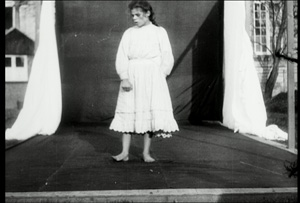 Arthur Van Gehuchten (1861-1914): a professor of anatomy and neurology at the Catholic University of Louvain, Belgium. In 1895 he attended the first cinematographic screenings and was eager to apply the newest technologies to the study of nervous diseases. A number of his cases were diagnosed as hysterics.
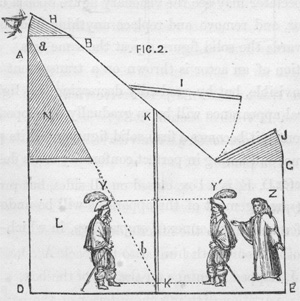 Henry Dircks (1806-1873): an engineer from Liverpool who in 1858 invented a technology for presenting a ghost that could appear on stage with live actors.
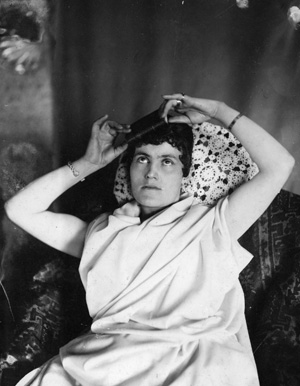 Lina Mazinger (born 1865?-: also known as Lina M. was the subject of a series of experiments in hypnosis conducted from 1886 to 1887 in Munich by the psychiatrist and psychic researcher Baron Albert von Schrenck-Notzing. The cover photograph of this volume shows Lina M. pressing a book to her forehead. Under hypnosis she could read the text without using her eyes by moving the book across this particularly sensitive part of her brain.
.
|

